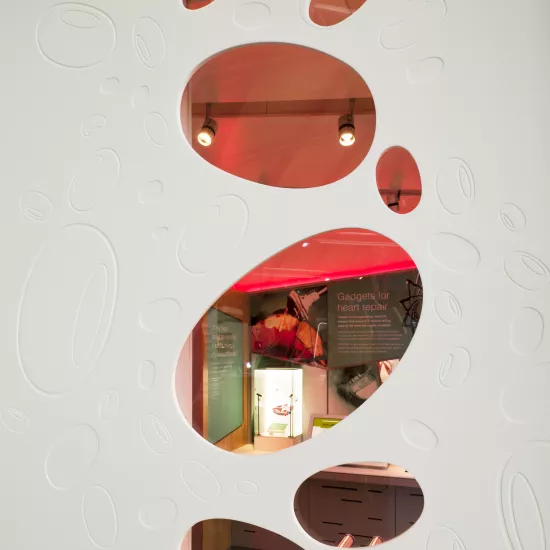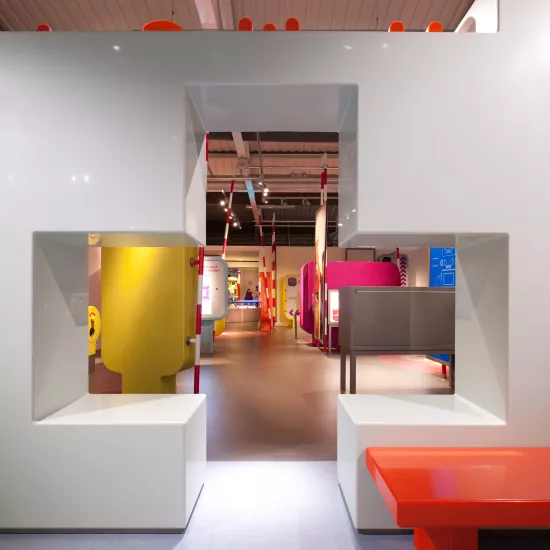Sign up for our newsletter to stay up to date with
the latest HFLOR/HIMACS design trends and news.
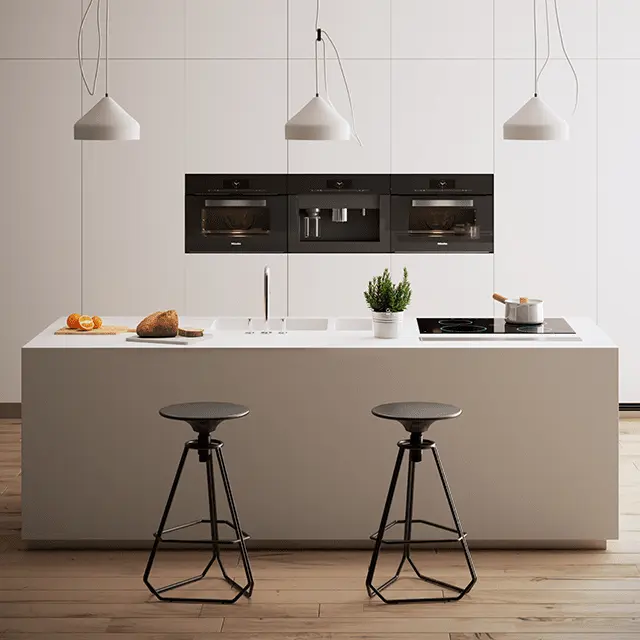
New exhibition at the Deutsches Museum uses high-tech HIMACS walls
A place with chemistry: the new exhibition at the Deutsches Museum uses high-tech HIMACS walls
Over 10,000 exhibits at the Deutsches Museum in Munich attract around 1.5 million science and technology enthusiasts year on year. High-tech is a point of pride – and that is particularly obvious in the newly designed chemistry exhibition as well, with especially impressive HIMACS Solid Surface material walls that gleam in radiant Alpine White.
The newly designed chemistry exhibition is divided into three large sections, starting with historical laboratories from the Middle Ages, followed by an experimentation area with a hands-on lab and auditorium. The third section comprises a large exhibition hall with visually engaging stations that demonstrate the importance of chemistry in everyday life; from cosmetics and nutrition, to leisure, sport and construction.
The new permanent exhibition was planned by renowned architectural firm Ambos & Weidenhammer from Munich. The basic concept of the design is to cleanly divide the massive world of chemistry into individual stations separated by cylindrical walls. The layout allows visitors to concentrate on each station without being distracted. They do not need to have any prior scientific knowledge. Rather, the chemistry is explained in simple terms. Exhibits, text and interactive elements bring historical developments or modern products to life. Many of the exhibits are unique, like the famous nuclear fission table with original equipment. This is where Otto Hahn, Lise Meitner and Fritz Straßmann performed their experiments with uranium salts, leading to the first fission of an atomic nucleus in 1938.
The HIMACS design seamlessly follows the thematic concept
The individual stations and their cylindrical walls made of HIMACS Solid Surface material draw in visitors both aesthetically and with their interesting subject matter. Fascinating shapes routed into the double-walled structures invite visitors to immerse themselves in the molecular world of each station. The ability to see through to the other side sparks curiosity, drawing passers-by in to explore. The designs on the solid surface material walls are aligned to the respective theme of each station: for leisure and sport, for example, the walls feature an abstract microscopic image of plastic fibres, while for cosmetics, round, bubble-like shapes cover the walls, reminiscent of a foam bath.
Especially noteworthy is the nutrition station, which has the microscopic structure of an eggshell on its walls, a surface that could not be finer, more surprising or complex. It was a real challenge for the Solid Surface material and its workmanship. The implementation called for specialists: for this project, it was Körling Interiors GmbH & Co. KG from Dortmund, who worked with Georg Ackermann GmbH from Wiesenbronn to bring the HIMACS Solid Surface material into the right form.
‘We really enjoyed the project,’ says Joachim Lutz, Commercial Project Manager at Georg Ackermann GmbH. ‘It called for much more than a standard solution. We relied on our expertise especially where the dimensions of the exhibition walls were concerned, both in terms of the design, programming and data preparation beforehand and the installation of the final elements on site.’ As usual, HIMACS made light work of even this project. The material is as durable as stone but as easy to work with as wood, allowing for extremely fine shapes to be routed cleanly into the exhibition walls with immaculate precision.
The Solid Surface material made of acrylic, minerals and pigments can be thermoformed into three-dimensional shapes, creating smooth, non-porous, seamless surfaces and meeting even the highest standards of aesthetics, durability and hygiene. That is why many renowned architects, like Zaha Hadid and David Chipperfield, rely on HIMACS in their projects. DIN and EN standard certificates also confirm the low flammability of HIMACS, making the solid surface material ideal for use in public spaces like museums, where fire safety takes high priority. Moreover, many of the HIMACS colours meet the Oddy test criteria, which is crucial in the museum sector, especially for display cases that hold sensitive or historical exhibits.
The result is impressive, as the exhibition curator Susanne Rehn-Taube reports. ‘The design with its semi-enclosed stations proves a hit during tours. Visitors and museum experts like the modern interpretation of chemistry. They praise the unique design, which is really shaped by the cylindrical walls.’
The exhibition will certainly last quite a while. After all, HIMACS is especially durable and long-lasting, making it ideal for spaces with lots of public visitors and heavy use. What looks great now will continue to look great in future. And that remains true for more than just the Deutsches Museum in Munich.
| Location | Chemistry exhibition, Deutsches Museum - Munich, Germany |
| Architecture & Design | Ambos & Weidenhammer Architekten, Munich |
| Material used | HIMACS Alpine White S028 |
| Fabrication | Körling Interiors GmbH & Co. KG, Dortmund - Georg Ackermann GmbH, Wiesenbronn |
| Photo Credit | © Stefan Müller-Naumann |
| Press Release Download press release | |
Project gallery
-
Download images
If you are a journalist, it is possible to select the medias you want and ask us to provide them in HD.
ORDER PROJECT IMAGES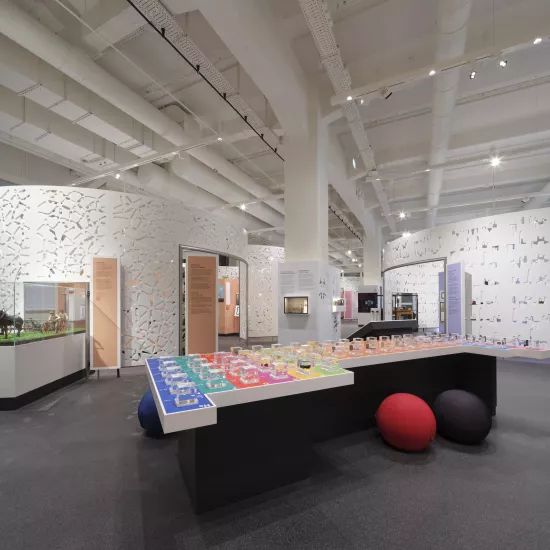
-
Download images
If you are a journalist, it is possible to select the medias you want and ask us to provide them in HD.
ORDER PROJECT IMAGES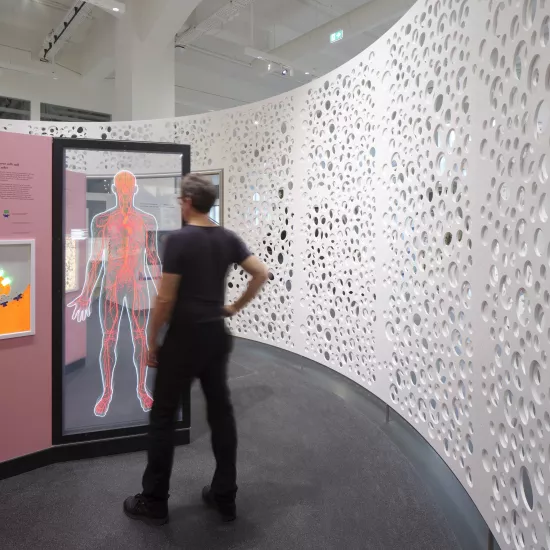
-
Download images
If you are a journalist, it is possible to select the medias you want and ask us to provide them in HD.
ORDER PROJECT IMAGES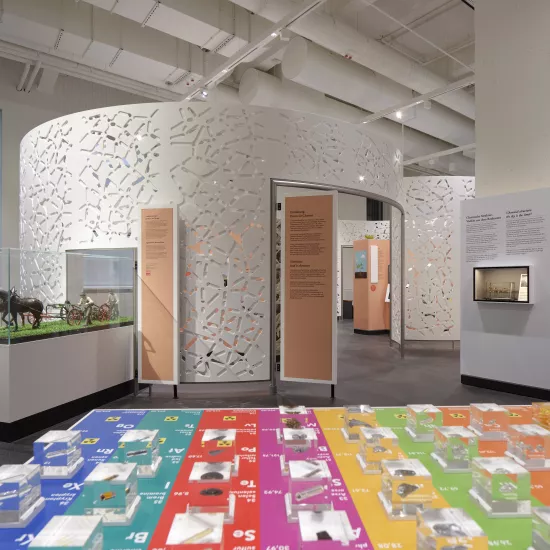
-
Download images
If you are a journalist, it is possible to select the medias you want and ask us to provide them in HD.
ORDER PROJECT IMAGES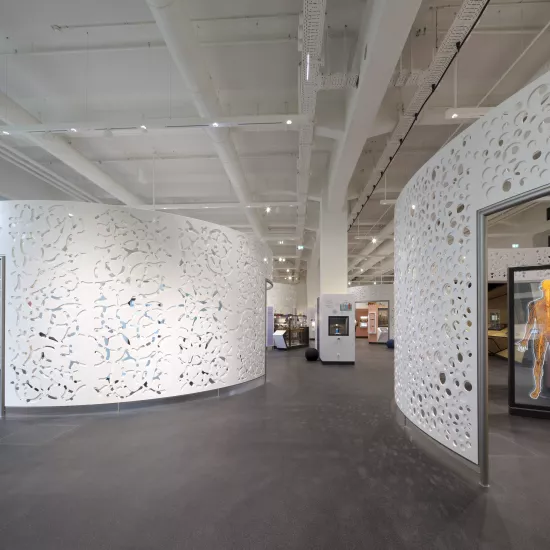
-
Download images
If you are a journalist, it is possible to select the medias you want and ask us to provide them in HD.
ORDER PROJECT IMAGES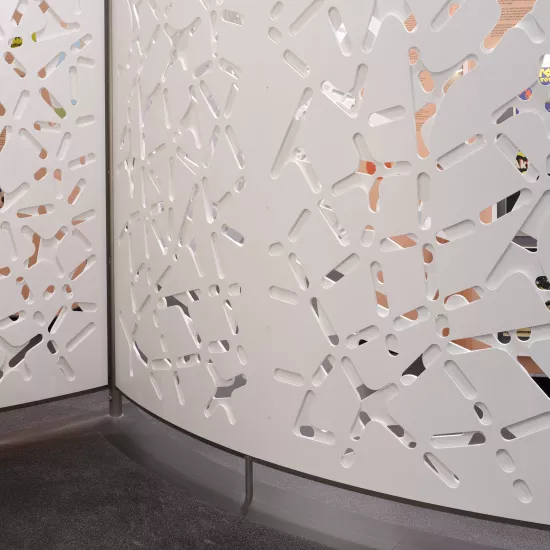
-
Download images
If you are a journalist, it is possible to select the medias you want and ask us to provide them in HD.
ORDER PROJECT IMAGES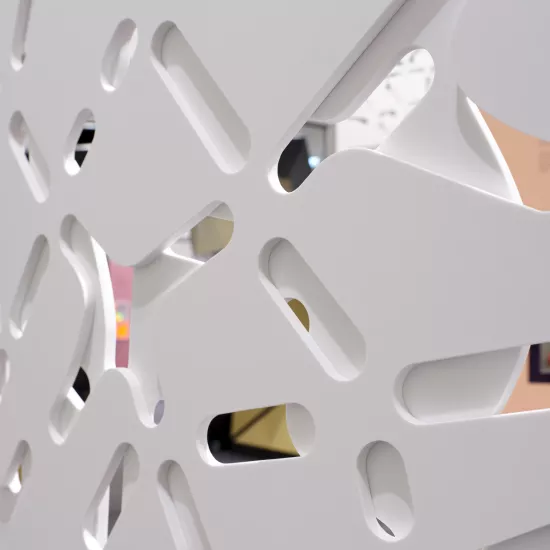
-
Download images
If you are a journalist, it is possible to select the medias you want and ask us to provide them in HD.
ORDER PROJECT IMAGES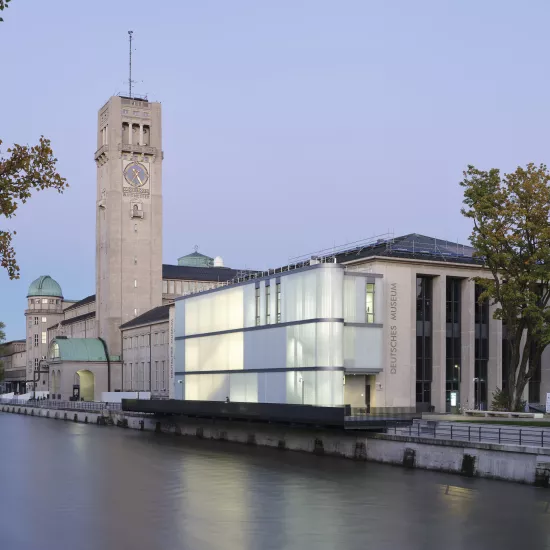
-
Download images
If you are a journalist, it is possible to select the medias you want and ask us to provide them in HD.
ORDER PROJECT IMAGES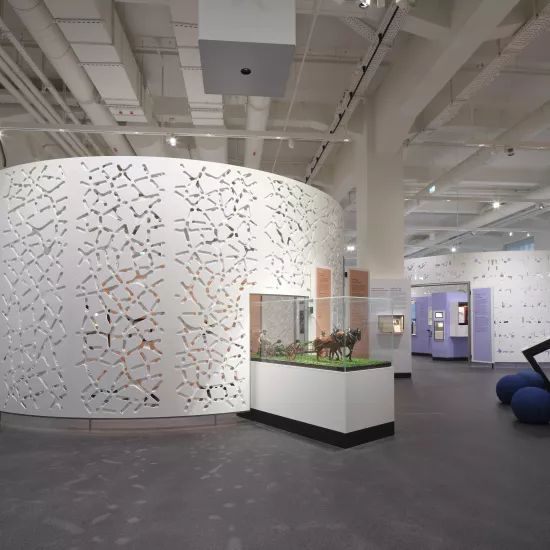
-
Download images
If you are a journalist, it is possible to select the medias you want and ask us to provide them in HD.
ORDER PROJECT IMAGES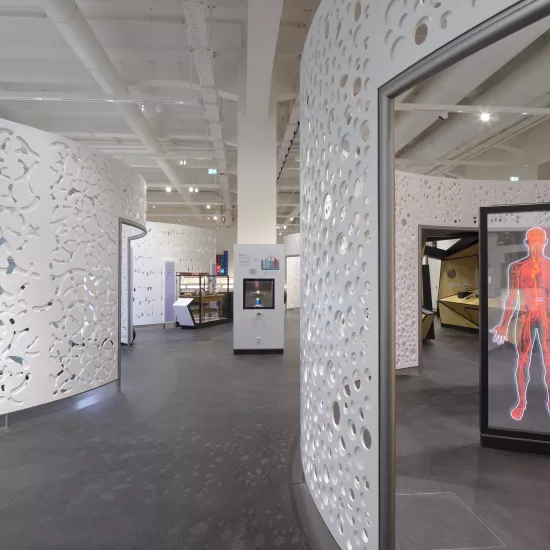
-
Download images
If you are a journalist, it is possible to select the medias you want and ask us to provide them in HD.
ORDER PROJECT IMAGES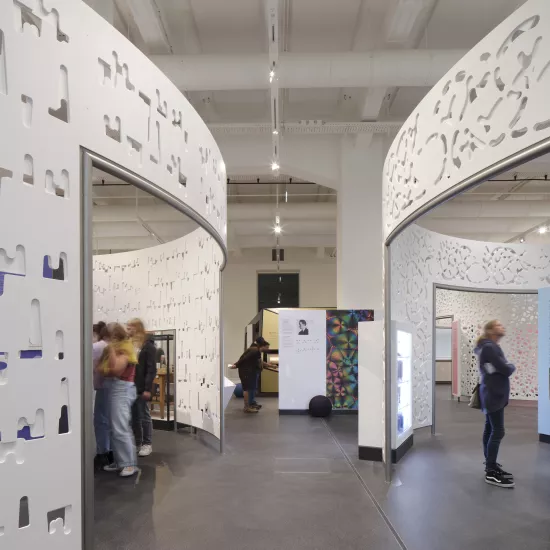
-
Download images
If you are a journalist, it is possible to select the medias you want and ask us to provide them in HD.
ORDER PROJECT IMAGES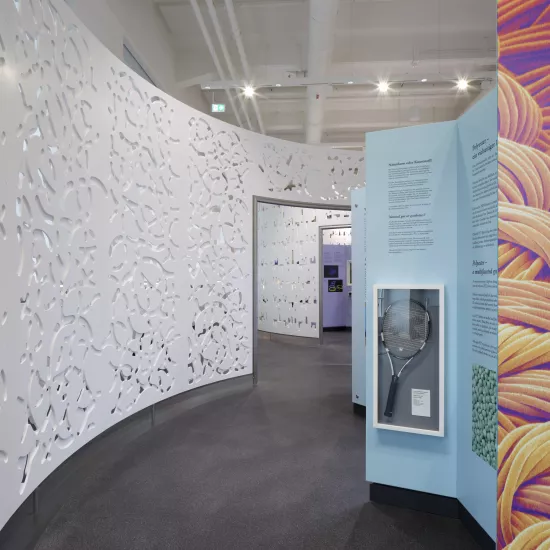
-
Download images
If you are a journalist, it is possible to select the medias you want and ask us to provide them in HD.
ORDER PROJECT IMAGES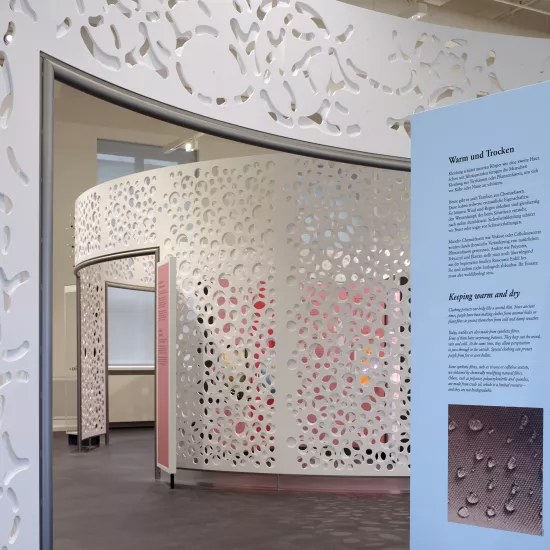
-
Download images
If you are a journalist, it is possible to select the medias you want and ask us to provide them in HD.
ORDER PROJECT IMAGES
-
Download images
If you are a journalist, it is possible to select the medias you want and ask us to provide them in HD.
ORDER PROJECT IMAGES
-
Download images
If you are a journalist, it is possible to select the medias you want and ask us to provide them in HD.
ORDER PROJECT IMAGES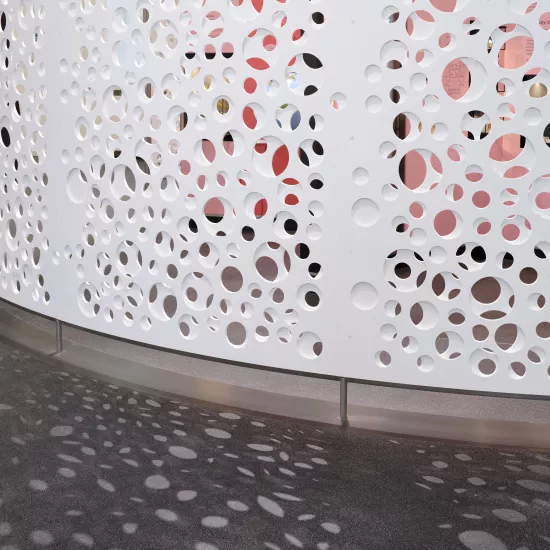
Image library
Added to your Image Library
Go to Image Library page to request HD images, or click OK to continue your image selection.
Media contact
Mariana Fredes +41 (0) 79 693 46 99 mfredes@lxhausys.com
Agnieszka Papież +48 (0) 504 976 688 apapiez@lxhausys.com



